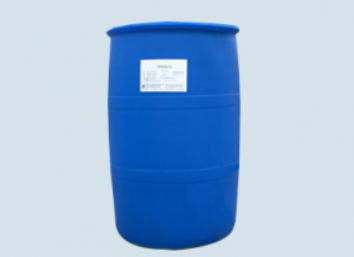The surface tension of the degreasing solution containing surfactant is very low and the interfacial energy is small, so when the air is mixed into the solution, the surfactant molecules are adsorbed on the gas-liquid interface in a certain order, so that the formed bubbles have a certain viscosity and tend to be stable. A large number of bubbles only form thin bubbles separated by thin liquid film and form bubbles. Oil pollution plays an important role in degreasing. However, if the bubble is too much, the cleaning machine will emerge. Not only will it pollute the site, but also cause the loss of degreasing fluid, the liquid level will decrease, and the liquid level will decrease and the foam will be too much. Therefore, foam content must be controlled.

In the formula of degreasing agent, defoaming mainly starts from two aspects: adding defoaming agent or adjusting formula. The commonly used defoamers are liquids which are easy to spread on the surface of bubbles. When the defoamer spreads on the liquid surface of the bubble film, it will take away the liquid from the adjacent surface layer and make the liquid film thin locally, so the liquid film breaks to achieve the purpose of defoaming. In general, the faster the defoamer spreads on the surface, the stronger the defoaming effect. Most of the liquid which can spread on the surface and has defoaming effect has low surface tension and is easy to be adsorbed on the surface of the solution. On the one hand, it takes away the surface liquid and on the other hand, it is easy to spread. The bubble molecules in the surface film are replaced by bubbles.
The results show that the high surface activity of fluorine-containing surfactants is due to the small van der Waals attraction between molecules. The tension required for the surfactant molecules to move from aqueous solution to the surface of solution is small, resulting in a large number of surfactant molecules gathering on the surface of solution, forming a strong surface adsorption. These compounds have low affinity not only for water, but also for hydrocarbons, For example, the fluorine-containing surfactant can selectively adsorb on the water surface to reduce the surface tension, while the hydrocarbon surfactant can adsorb on the oil / water interface to reduce the interfacial tension, This will certainly improve the wettability of aqueous solution.
Penetrant and wetting agent are auxiliaries to promote the surface of fiber or fabric to be wetted by water quickly and penetrate into the fiber. The surfactant that can make liquid penetrate or accelerate into porous solid is called penetrant. The premise of infiltration is wetting before adsorption. Wetting refers to the extent to which the liquid spreads on the solid surface after it contacts with the solid. Therefore, penetrant and wetting agent are not only used in desizing, scouring, mercerizing and bleaching, but also widely used in printing and finishing.